10 essential fabrics for autumn and winterKnowledge, a must-read for clothing lovers
Produced after making women’s clothing | Please reply in the background for reprinting ” Reprinted”
When we buy clothes, in addition to the pattern design, the fabric is the most important thing.
Especially in autumn and winter, people will pay more attention to the quality of clothing. Good fabrics are undoubtedly one of the selling points of autumn and winter clothing.
And as long as you are making clothing, you have to come into contact with fabrics. So today I will tell you about 10 common fabrics and their care in autumn and winter.
01 Wool
Wool can be said to be the most common autumn and winter clothing fabric. From sweaters to coats, wool supports the autumn and winter styles.
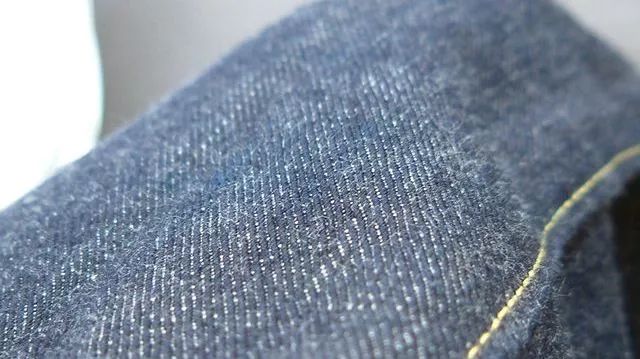
Wool feels plump and has the advantages of good elasticity, strong moisture absorption, and good warmth retention.
The biggest disadvantage is pilling, which is inevitable for all pure wool clothing, so it will be more difficult to maintain wool clothing.
Maintenance:
1. Washing: dry cleaning is best. If there is a hand wash label, it is recommended to wash with wool-specific laundry detergent and 40℃ warm water. (Washing method: Turn the inner layer of the clothes inside out, soak in fully dissolved detergent for about 5 minutes, slowly squeeze the clothes until they are moist, and do not rub them.)
2. Storage: Wool is durable It has poor heat resistance and is easily eaten by insects. Do not expose it to the sun for a long time or place it in a humid place for a long time.
3. If there is pilling: use a professional pill remover to remove it;
02 Cashmere
“In winter, cashmere coats are warmer than hugs. ”
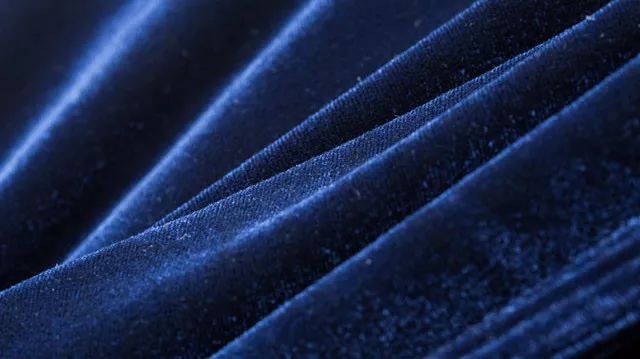
But when it comes to cashmere, many people may confuse it with wool. In fact, their origin is Difference: wool comes from sheep and cashmere comes from goats.
There is a saying, “The wool of one sheep can be made into many wool sweaters, but the hair of many goats can be made into one cashmere sweater.”
Because cashmere The collection method is more complicated and the yield is much smaller than that of wool, so the price of cashmere is much more expensive than wool, but similarly, the comfort level is much higher.
Cashmere is 8 times warmer than wool, but weighs only one-fifth of it. It is the best choice for winter clothing fabrics, but it is also more delicate and less durable than wool.
Cashmere is light in texture, extremely skin-friendly and breathable. It is thin, soft and warm, and has a natural and soft color. Moreover, cashmere sweaters have the strongest water absorption among all textile fibers, do not shrink after washing, and have good shape retention.
Maintenance:
1. Washing: preferably dry cleaning;
(If you want to hand wash: warm water at about 30 degrees, add professional washing to protect cashmere Soak the cashmere in water and rub it gently. After washing, gently press the water out, or wrap it with a towel to absorb water, slowly squeeze out the water, and lay it flat in a ventilated place to dry.)
2. Storage: Wash, iron, and dry before storing; pay attention to shading to prevent fading, ventilate and cool frequently, dust away, remove moisture, and do not expose to the sun;
3. If it occurs Balls: After washing, use scissors to gently cut off the pompoms. After several washings, as some loose fibers fall off, the pilling phenomenon of the clothes will gradually disappear.
03 Corduroy
Corduroy is also called corduroy, corduroy and velvet. In autumn and winter, corduroy jackets and trousers are very popular and have a retro feel.
Corduroy has a thick texture, soft feel and good warmth retention. The velvet strips are clear and round, with soft and even luster, thick and wear-resistant, but easy to tear.
Maintenance:
1. Washing: It is not advisable to scrub hard or use a hard-bristled brush to scrub hard. It is advisable to use a soft-bristle brush to gently scrub in the direction of the hair.
2. Storage: It is not advisable to press heavily when storing to keep the fluff plump and upright, and it is not suitable to be ironed.
04 Denim
Denim is transliterated from Denim, which is also commonly known as denim. It is a classic trend in any season.
Denim means denim and is one of the oldest fabrics. Jeans and denim clothing sparked a trend as soon as they appeared. Until now, the fashion circle still regards it as a classic. It has become a timeless and timeless material. Fabrics that are forever young.
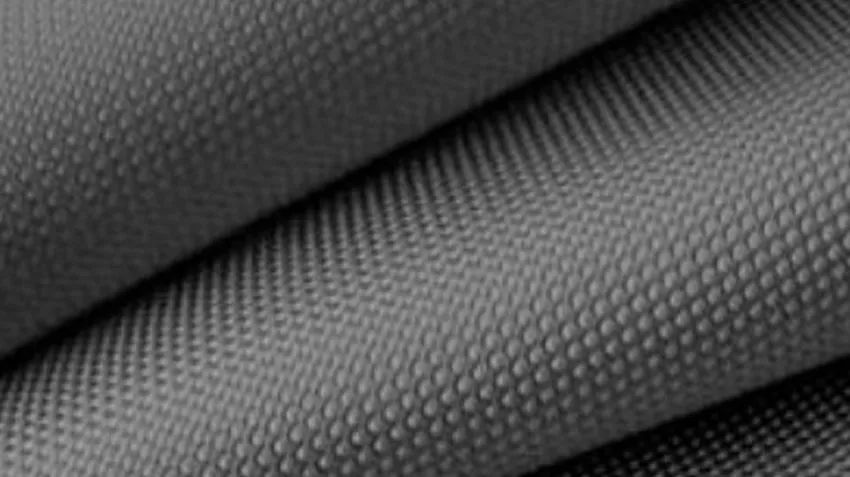
Denim is thick, moisture-permeable, breathable and comfortable to wear.
Maintenance:
1. Not suitable for washing, poor color fastness.
2. If you want to wash, do the color preservation treatment first, otherwise the jeans will be washed white quickly: Soak the jeans in a basin with water before washing, then add a small amount of white vinegar or salt, and soak About half an hour is enough.
3. Washing: When washing, be sure to remember to turn it inside out, which can effectively reduce fading.
4. Drying: After cleaning, hang it from the waist, turn it around to dry, and dry it in a dry and ventilated place to avoid sunlight exposure.
05 Melton
If you like to buy coats, you should often come into contact with Melton fabric, because it not only looks stiff and stylish, but also water-resistant and wind-resistant. Can’t afford the ball.
Melton was originally a woolen woolen fabric and is a medium-sized woolen woolen fabric.�One of the high-end products. Its surface is fine, smooth, elastic, stiff, wrinkle-resistant, and wear-resistant. It is mainly used as a fabric for winter clothing.
Maintenance:
1. Washing: Dry cleaning is best.
(If you want to wash by hand: first soak in cold water for 15 minutes, and then wash with a general synthetic agent. Use a soft brush to scrub the dirty areas of the collar and cuffs. After cleaning, gently wring them dry.)
2. Drying: Try to lay it flat to dry or half-hang to dry, which can better maintain the shape of the clothes. Hang it in a cool place and do not expose it to the sun.
3. Storage: It is best to hang it on a clothes drying rack and store it in a cabinet. Keep the wardrobe dry. Do not put mothballs in the wardrobe.
06 Linen
The trend of minimalism continues, and linen fabrics are becoming more and more high-end. It is breathable and often used in summer clothing. In this autumn and winter, simple and natural linen is still a popular fabric.
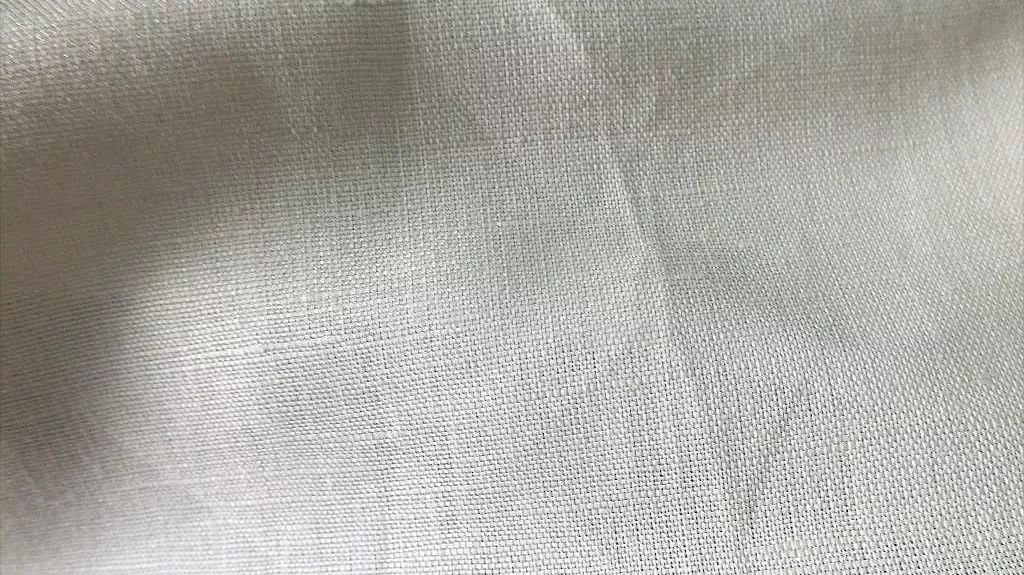
Linen fabric is breathable, has a good natural luster, and is not easy to fade or shrink.
It has the functions of temperature regulation, anti-allergy, anti-static, antibacterial and anti-moth, and is not susceptible to moisture. Linen is also very hygroscopic and can absorb 20 times its own weight in water, so linen often feels dry to the touch
However, it feels rough, wrinkles easily, and has poor drape.
Maintenance:
1. Washing: For linen shirts with loose textures, hand washing is recommended; do not use detergents with bleaching effects; dark linen shirts must be washed in cold water for the first time Wash separately;
2. Drying: It is advisable to spread it flat to dry in a cool place, and try to keep the surface as flat as possible to avoid wrinkles when drying. It is not suitable to be exposed to the sun to avoid fading. White linen shirts can easily turn yellow when exposed to the sun;
3. Ironing: It is best to iron in a slightly damp state. Ironing should be moderate. Excessive drying and ironing will cause The shirt feels stiff. After ironing, hang or lay the garment flat and let it dry naturally.
07 Cotton
Pure cotton may be a fabric that will never be discarded at any time. Even if technologically innovative fabrics become more popular and designers use more chemical fiber fabrics, the touch of pure cotton fabrics will always protect your skin.
It is made of cotton as raw material and produced through textile technology. It has the characteristics of moisture absorption, moisturizing, heat resistance, alkali resistance, and hygiene. It has good moisture absorption and heat resistance, and is comfortable to wear.
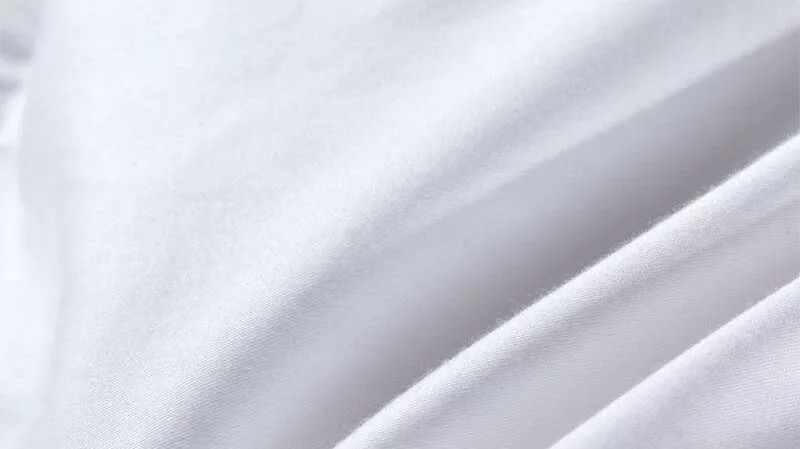
Maintenance:
1. Can be washed with various detergents and by hand Or machine wash, but do not scrub vigorously during washing to avoid deformation of the clothes. Do not pour washing powder directly on cotton fabrics to avoid local discoloration;
2. Light-colored and white items can be soaked for 1 to 2 hours. The decontamination effect is better after washing. It is best to wash dark colors in cold water and do not soak them for too long to avoid fading;
3. White clothes can be washed at high temperature with a strong alkaline detergent to have a bleaching effect. Underwear should not be soaked in hot water. , to avoid yellow sweat spots.
08 Nylon
That is, nylon. We see it most often in winter clothing, mountaineering clothing.
The most outstanding advantage of nylon is its wear resistance, which is 10 times higher than cotton and 20 times higher than wool.
It has good anti-moth and anti-corrosion properties and is easy to store. Moreover, it is windproof, elastic and has excellent elastic recovery capabilities, but it is prone to wrinkles and deformation. Ventilation and breathability are poor, and static electricity is easily generated.
Tablets
Maintenance:
1. Washing: Use general synthetic detergent, the water temperature should not exceed 45 degrees; you can twist it lightly, avoid exposure to the sun and drying ; After washing, ventilate and dry in the shade.
2. Ironing: Steam must be used when ironing, not dry ironing. The temperature cannot exceed 110 degrees.
09 Velvet
Velvet fabric is used a lot this year, from sexy suspender skirts in summer to warm and fashionable velvet jackets in autumn and winter. Velvet fabric feels silky, tough, wrinkle-resistant and elastic. Although it will shed some hair, it is soft and skin-friendly after washing.
Velvet fabric actually has many advantages, such as heat insulation, UV protection, moisture resistance, easy cleaning, etc.
Maintenance:
1. Washing: Dry cleaning recommended.
(If you want to wash with water: use neutral or silk-specific detergent, wash in cold or warm water, do not soak for a long time, wash as you soak. Wash gently, avoid twisting, avoid using a washboard and a scrub brush. Dry in the shade, avoid sun exposure, and should not be dried.)
2. Ironing: When the velvet fabric clothes are 80% dry, iron the clothes and do not adjust the temperature too high.
10 Silk
The skin-friendliness of silk fabric is unmatched by other fabrics. It is known for being comfortable, breathable and low maintenance. The texture of silk is soft and smooth, feels soft and light, and has good moisture absorption and release properties. But it is delicate, prone to wrinkles, easy to absorb, not strong enough, fades quickly, and cannot keep warm.
Maintenance:
1. Washing: It is best to wash by hand, preferably with silk-specific detergent. Do not twist hard or scrub with a hard brush.
2. Ironing: Iron when it is 80% dry, and it is not advisable to spray water directly. Iron the back of the garment and control the temperature between 100-180 degrees.
3. Storage: It is advisable to wash, dry, stack, wrap it with cloth, and place it in a cabinet. Camphor or sanitary balls should not be placed.
Fabric is the foundation for making clothes, and understanding fabrics is the foundation for making clothes. What kind of fabric has what characteristics? If you don’t understand it clearly, how can you get customers to trust you and place an order?
� is the foundation for making clothes, and understanding fabrics is the foundation for making clothes. What kind of fabric has what characteristics? If you don’t understand it clearly, how can you get customers to trust you and place an order?






